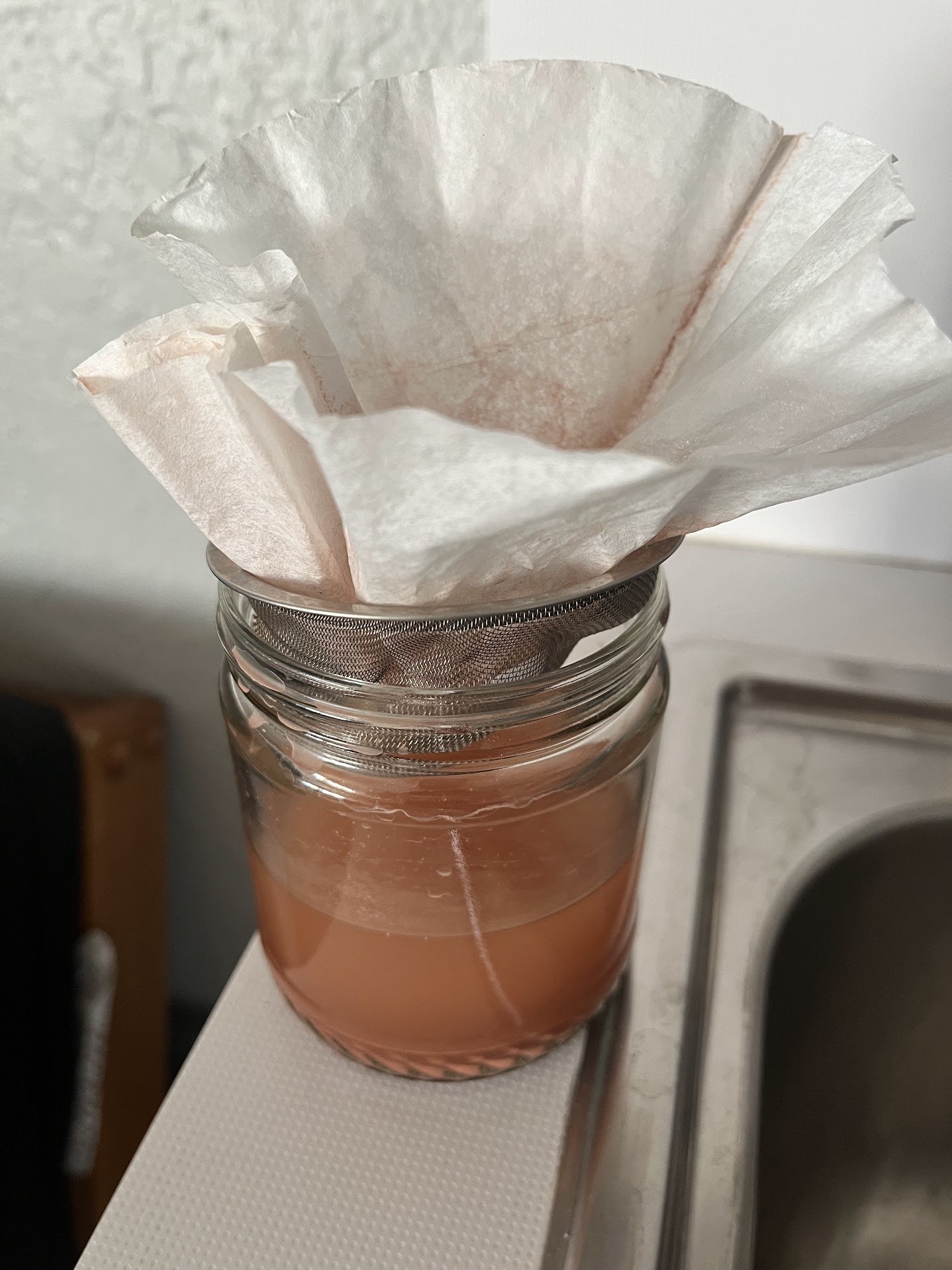
Process.
Source.
We are surrounded by color. Artists have been using pigments from the land throughout history.
To make natural earth paints, I’ll start by sourcing these pigments derived from the earth. I collect them from various sources like clay deposits, rocks, minerals, or even organic materials such as plant extracts.
Crush.
To break the source material down, I’ll use a mortar and pestle to crush things down into smaller chunks. At some point the particles are fine enough where they start becoming airborne. Upon which I’ll introduce water and start wet milling the material down into finer and finer particles. This then becomes a paste, and I’ll often store this paste into jars until I’m ready to begin separating the material by particle size.
Levigate.
The process of levigation is using gravity to let the heavy particles fall to the bottom and then extracting the lighter, smaller particles. So I’ll transfer the pigment in solution from jar to jar until the particles so small that they take a very long time to separate.
Filter.
After levigating, the pigment-water mixture needs to be filtered to remove any remaining impurities or sediment. I’ll usually do this by pouring the mixture through a fine-mesh sieve or coffee filter. Filtering ensures that the pigment is free of any debris, allowing for a much smoother final paint consistency.
Dry.
To remove excess moisture, I'll pour the mixture out on a flat surface or place it in a shallow container, keeping in a sunny spot. Drying times vary depending on the pigment and environmental conditions.
Collect.
After the pigment is dried, I’ll collect it and store it in airtight containers to prevent moisture absorption, which could affect the paint's quality over time. Labeling the containers with the pigment name and date of preparation helps with organization and identification.
Mull.
I’ll use a stainless mortar and pestle to grind the dried pigment further and break up any light clumps. Then mulling involves grinding the pigment using a glass muller with the binder to achieve a smooth and consistent paint texture. Traditional binders like gum arabic, honey, egg yolk, or vegetable oils such as linseed oil can be used, depending on the desired paint properties. Most paint I’ve mulled using walnut oil as the binder.
Paint.
Now the natural earth paint is ready to use, and I’ll store the paint in aluminum tubes for use in the field.















